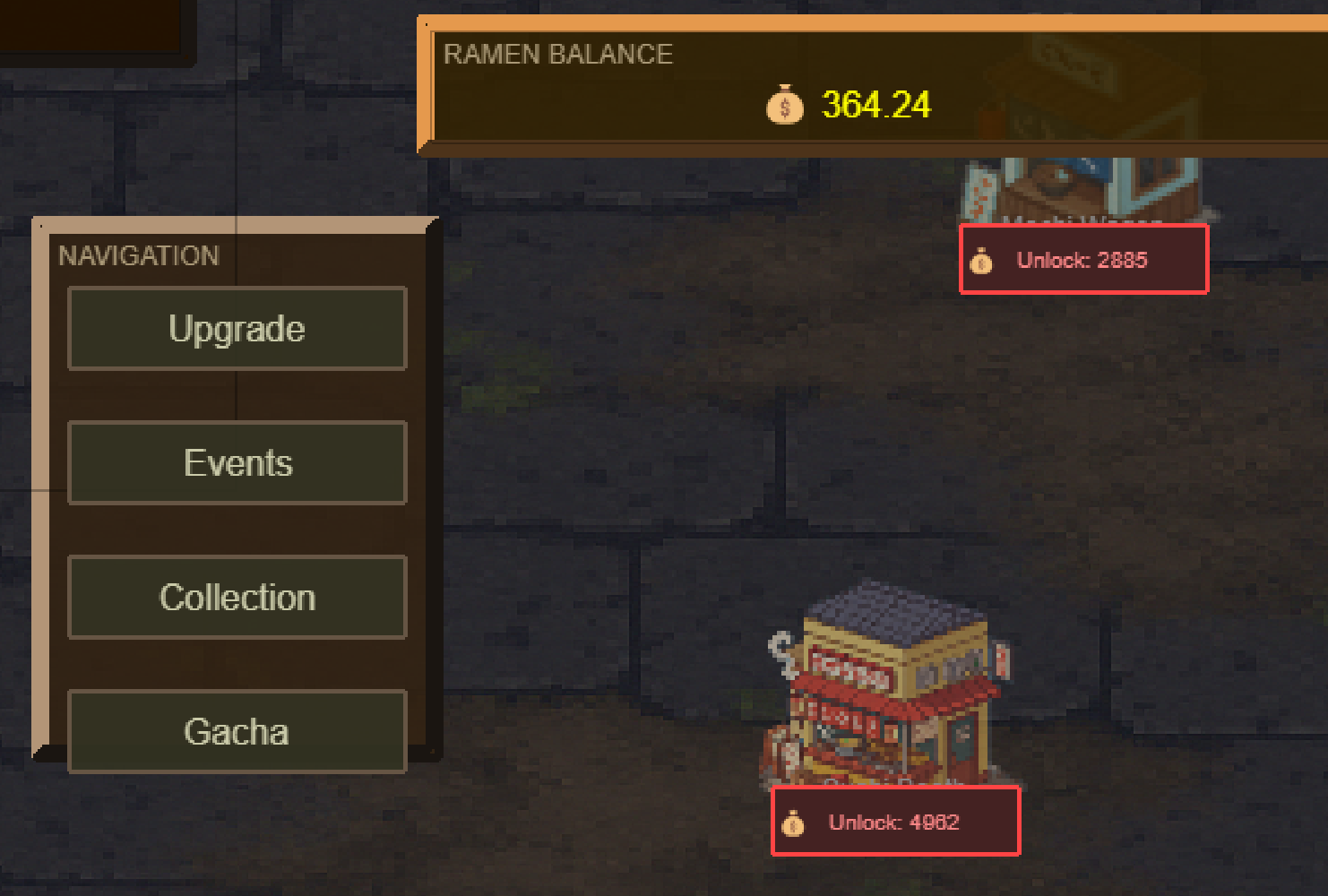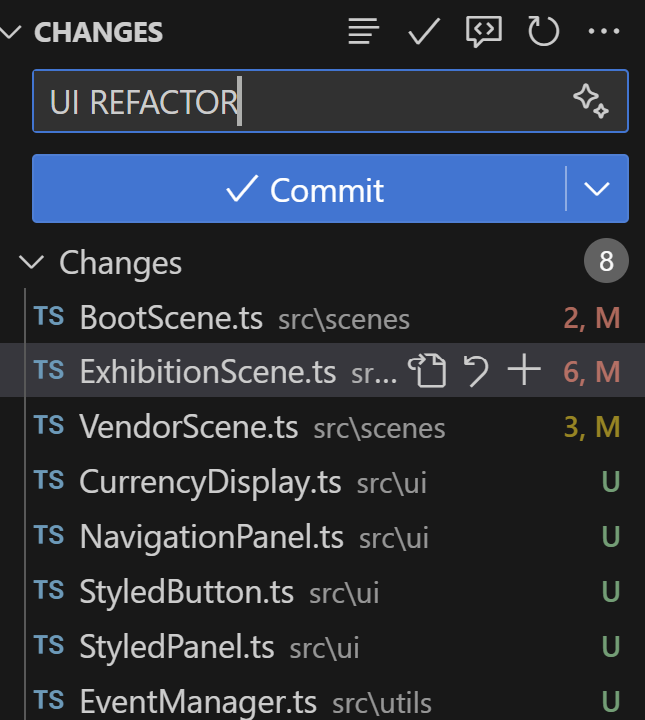User Interface Refactor Journey

The Labyrinthine Refactoring
In the shadowed underbelly of game development, the refactoring of user interface components unfolds like a gothic ritual—taking considerably longer than my rational mind had dared to predict, yet vindicated by each incremental success. It’s a curious paradox, worthy of a Victorian novel’s narrative twist: beginning with meticulously separated UI components before understanding the interface’s true nature is akin to building elaborate crypts for the not-yet-dead—a monumental exercise in premature architectural optimization.
And yet, like the protagonist in Bloodborne who journeys through madness only to arrive where they began but with eyes anew, one inevitably returns to this fragmented state. There exists a delicate alchemy to determining the precise moment when UI elements should be dismembered into their constituent parts—a divination I’ve yet to master completely.
There exists, undoubtedly, a threshold of complexity—a critical mass beyond which a screen becomes a writhing Lovecraftian nightmare of overlapping functions. At this juncture, the separation becomes not merely sensible but essential, much as Civilization VI eventually sorted its sprawling empire management into discrete, manageable panels. The quest for consistency across screens—like Destiny 2’s meticulous visual language that maintains coherence from inventory to quest logs—often demands standardized components for specific interactive elements.

“But consistency itself is not the universal scripture,” whispered the ghost of game designs past. “It is merely one possible commandment.”
Indeed, numerous titles have flaunted this supposed rule with theatrical abandon. Consider Persona 5, where each screen pirouettes with its own flourishing personality, or Dead Space’s diegetic interface that morphs contextually throughout the narrative. The hallowed halls of BioShock feature radically different interfaces for hacking, vending, and genetic modifications—each a distinct experience unto itself.
In this macabre dance of design, sometimes unity serves the player, and sometimes, like a carefully placed discordant note in a symphony, the deliberately inconsistent creates precisely the unsettling sensation one requires.
GameDevJs 2025 Jam - Ramen Tycoon
Balance your bowls or lose your empire.
| Status | Prototype |
| Author | Tarius Damon |
| Genre | Simulation |
| Tags | ramen, Tycoon |
More posts
- Things I wish I did in Ramen Tycoon for the JamMay 01, 2025
- Plans for SummerApr 28, 2025
- Surprised at PhaserJSApr 21, 2025
- UFO Abduction SystemApr 20, 2025
- GameDevJS - Ramen TycoonApr 19, 2025
- Representation even in game jamsApr 19, 2025
- Reworking the User InterfaceApr 19, 2025
Leave a comment
Log in with itch.io to leave a comment.